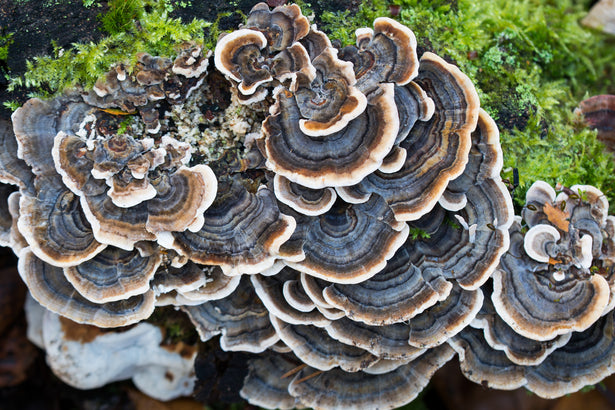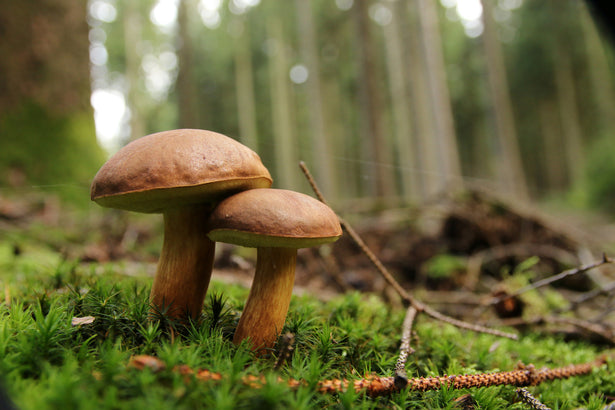You have probably already heard of plants or mushrooms with medicinal properties and whose benefits are passed on to us through old-time remedies or herbal medicine. We take you to discover their history, their virtues and above all, we tell you how to consume them!
Once upon a time there were adaptogenic plants and mushrooms
Using plants for medicinal purposes is not new. The earliest trace of this use is an engraved Sumerian clay plate dating from 3,000 BC and giving indications on thyme, myrtle, canker and willow based decoctions.
In ancient times, these natural resources were used not only for healing, but also to improve the body's ability to survive in harsh living conditions.
In the 1940s, in the midst of the world war, the government of the former USSR conducted research on natural substances to increase its army’s physical and mental capabilities. In particular, toxicologist Nicolai Lazarev studied the properties of Schisandra chinensis and its fruits on soldiers. It turned out the consumption of its berries gave better night vision, suppressed hunger and delayed the feeling of fatigue.
It was in 1947 that the term adaptogen appeared for the first time to define the plants and mushrooms that could improve our body’s stress resistance.
Then, in 1960, a student of the Russian toxicologist Israel Bekhman clarifies the definition by determining 3 characteristics of the adaptogenic plant.
It must:
- provide little variation in biological functions.
- have a normalizing effect that improves physical or psychological condition.
- increase the body’s resistance.
A great booster, you say?
To understand how adaptive plants and mushrooms work, we need to look at how our bodies handle stress, whether it's physical or psychological.
This is called the general adaptation syndrome according to the theory developed by Canadian Hans Selye. This state is characterized by 3 steps:
1° the alarm : : our body comes into contact with stress. It may result from the environment, an external element or a chemical or biological agent acting on stress hormones (adrenaline and cortisol). At this point, our brain sets up defense mechanisms.
2° resistance : stress is well settled. The body continues to defend itself to get used to its environment.
3° exhaustion: the body can no longer adapt to the stress to which it is subjected.
Adaptogenic plants and mushrooms are involved in phase 2 of this process. Their mission: to delay the appearance of phase 3 as much as possible. Thus, mushrooms such as Reishi and Chaga would boost the immune system, Siberian Ginseng to decrease fatigue, Butterfly Pea Blossom to relax, and Hedgehog Hydne to help concentration.
By adapting to our body, adaptive plants and mushrooms allow us to rebalance it.
How to consume them?

Il existe bien des façons de consommer ces boosters d’organisme : en prenant une bonne tasse de café MushUp par exemple ;), en sirotant une infusion, en les consommant en poudre, en gélules ou en les incorporant directement à vos recettes. Tout dépend de la plante ou du champignon dont les bénéfices vous sont utiles sur le moment.
By the way, did you know? Adaptogenic plants and mushrooms are not limited to the food sphere, some cosmetics industries integrate them into their products to counter the harmful effects of stress on the skin and ageing thanks to their actions on free radicals.
Adaptive plants and mushrooms continue to amaze us!










